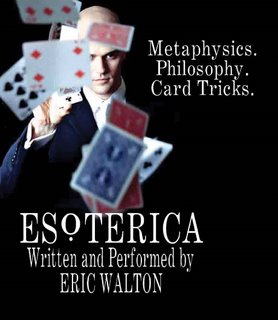Posted by Jay Livingston
September 28, 2006
Yesterday’s Wall Street Journal had an article on a strategy used successfully against drug dealers in High Point, North Carolina and presumably elsewhere. Much of the strategy was familiar — undercover buys, videotapes, informants. The new twist was that the police did all they could to keep the dealers from going to prison.
The police sent out word to dealers who had more or less taken over one particular area turning it into a drug market: come to a meeting. The police got to know dealer’s mothers, grandmothers, and others who might be influential and asked them to pressure the dealers to come. A dozen were invited, with a promise of no arrests that night; nine showed up. In room one, clergy and community leaders talked to the dealers about all the harm they were doing the community. The dealers seemed bored. Then they moved to room two, where law enforcement people showed them all the evidence they had right up to arrest warrants filled out completely save for a judge’s signature.
The West End street drug market closed "overnight" and hasn't reopened in more than two years, says Chief Fealy, who was "shocked" at the success. High Point police say they have since shut down the city's two other major street drug markets, using the same strategy.
Not prosecuting people and not housing them in prison for years and years is obviously a lot cheaper than doing so. Yet something about the strategy, despite its success and savings, doesn’t quite sit right with some people. “Hug-a-thug,” some called it, and an Indiana prosecutor quoted in the article said, “Why not slam 'em from the beginning and forget this foolishness?”
The trouble with the program is that it doesn’t perform the symbolic function of clearly marking moral boundaries, and for some reason, that function is very important to a lot of Americans. Our typical way of thinking about a problem is to label it as evil and then declare war on it. The war on drugs is a good example. If you are fighting a war on some absolute evil, you can’t compromise, and you have to be punitive, even if your strategy, at least in terms or rational goal-attainment, is costly and ineffective. At least it makes you feel morally righteous. The moralistic orientation also explains why the war on drugs was (and continues to be) big on enforcement and light on treatment, despite much research showing that treatment is far more cost-effective. If someone is a “thug,” he should be punished, not hugged. To do otherwise would threaten our own moral purity.
Framing a policy as a war against evil does one more important thing. It justifies any means. If what you are fighting is an absolute evil, then it’s all right to violate the usual rules. As many others have pointed out, judges have been very willing to allow police and prosecutors in drug cases to do things that in previous criminal cases would have been unconstitutional if not unthinkable. I recall an article called “This Is Your Bill of Rights on Drugs” detailing some of these judicially approved violations of constitutional rights. (Obviously the war in Iraq and the War on Terror fall into the war-on-evil category.)
Over fifty years ago, sociologist Robin Williams listed a “moralistic” orientation as one of the characteristics of American culture. Basing policy on principles of moral purity may make us feel righteous, but we may be doing so at the cost of actually getting something done. But cultures are not monolithic, and in addition to our American moralism, we also have long history of pragmatism, which in the some cases may be our salvation. At least it saved the West End of High Point, NC.



